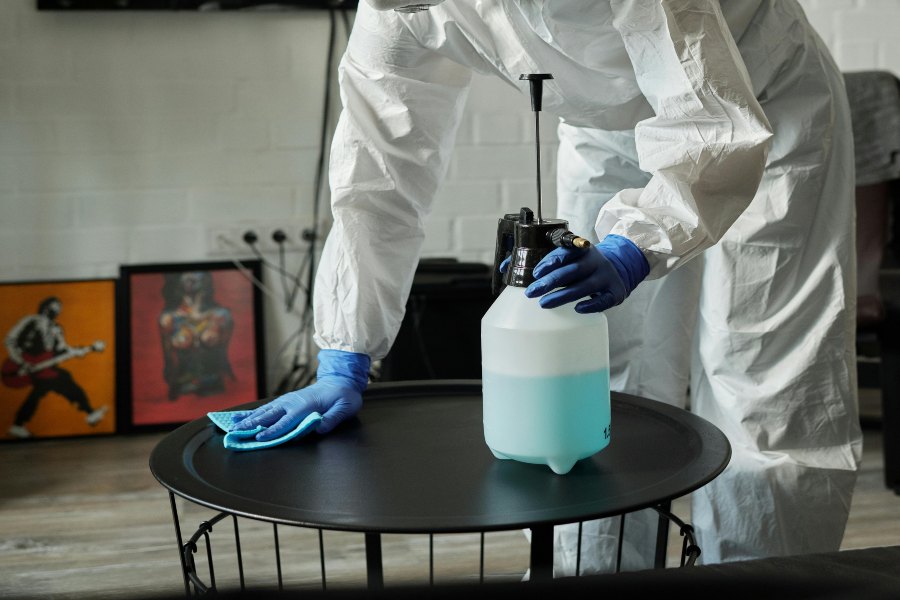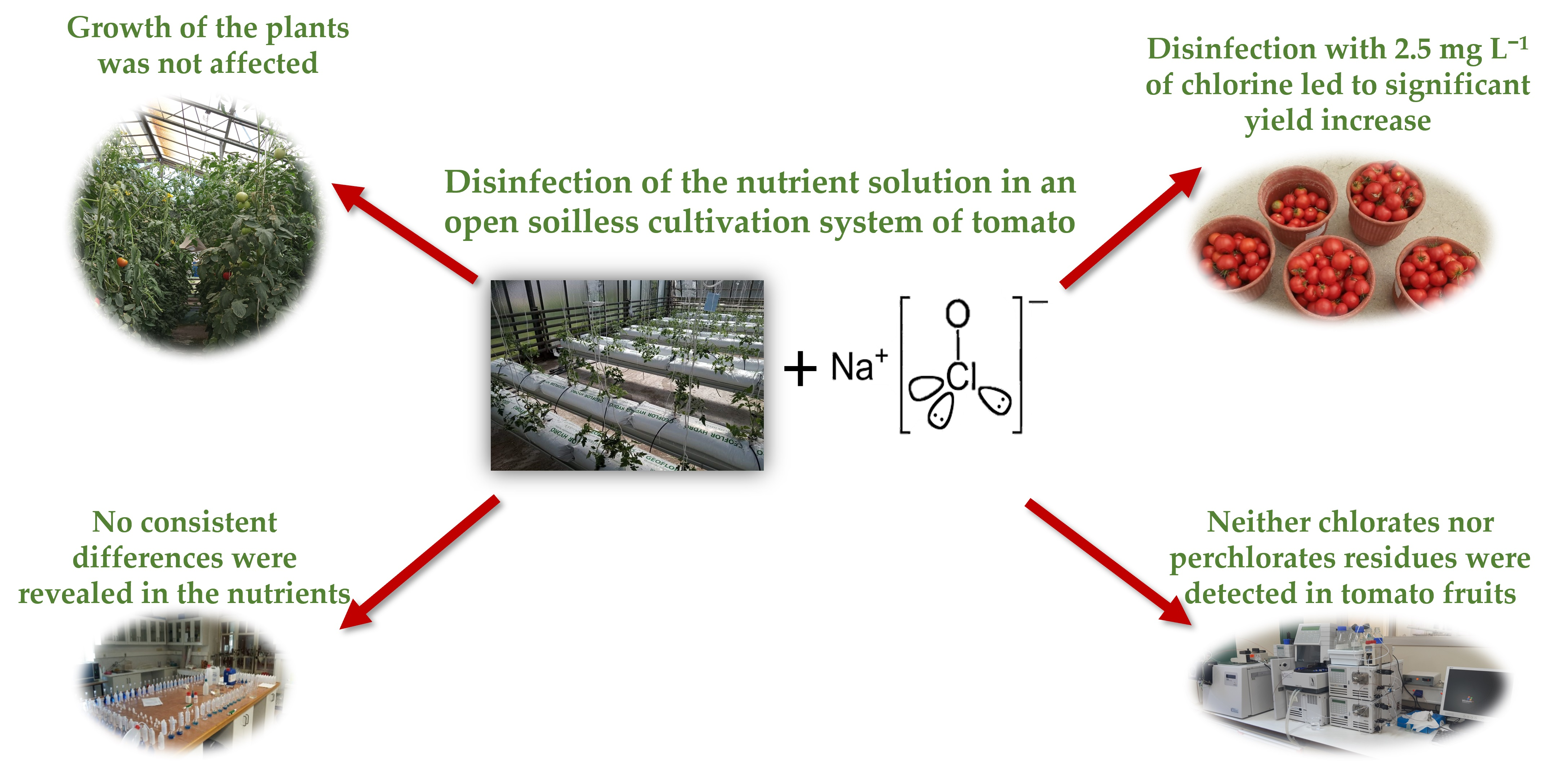
Lysol’s toxicity reduces significantly after it dries. Once dry, the chemicals are less likely to be inhaled or touched.
Lysol, recognized for its disinfecting properties, is a common household product used to combat germs and viruses. A main concern for users revolves around its safety, particularly once the product dries on surfaces. The active ingredients in Lysol are designed to kill germs while wet.
As it dries, the concentration of these chemicals diminishes, reducing the risk of toxic exposure. Ensuring adequate ventilation during and after application further minimizes any potential hazards. Safety data sheets suggest that once properly dried, Lysol poses a significantly lower risk, making it safer for everyday use in homes and offices. Nonetheless, it’s essential to follow the manufacturer’s guidelines for use and storage, as well as keeping the product out of reach of children and pets to ensure safety.
The Composition Of Lysol
The Composition of Lysol plays a vital role in its efficacy and safety. Understanding what goes into this common disinfectant helps users ensure they are applying it safely in their homes. While Lysol is known for its potent cleaning properties, its composition raises questions about toxicity, especially once it dries.
Active Ingredients In Lysol
Lysol contains several active ingredients that give it its disinfecting power. These components are responsible for eliminating germs and bacteria. Here are the primary active substances found in various Lysol products:
- Ethanol/SD Alcohol: This is a type of alcohol used for its antiseptic qualities.
- Alkyl Dimethyl Benzyl Ammonium Chlorides (ADBACs): Often found in disinfectants due to their antimicrobial properties.
- Hydrogen Peroxide: An oxidizing agent that helps in whitening and disinfecting surfaces.
These ingredients target a wide range of viruses and bacteria, ensuring Lysol’s effectiveness as a disinfectant.
Inert Compounds: Their Role And Risks
Aside from active substances, Lysol also contains inert compounds. These aren’t directly responsible for disinfecting but serve other important functions:
| Compound | Function | Risks |
|---|---|---|
| Fragrances | To provide a pleasant smell after cleaning. | May cause irritation in sensitive individuals. |
| Detergents | To assist in removing dirt and grime. | Can lead to skin and eye irritation. |
| Preservatives | To extend the shelf life of the product. | Potential for allergic reactions. |
While inert, these compounds can pose risks especially if mishandled or used in poorly ventilated areas. Proper use and handling are crucial to mitigate any potential risks from these substances.

Credit: onlinelibrary.wiley.com
Chemical Breakdown Post-application
When it comes to cleaning, Lysol is a household name. But what happens after it’s sprayed and dries? This is important when considering the safety in your home, particularly with pets and children around. Let’s dive into the chemical breakdown post-application to better understand the process.
Drying Process And Chemical Stability
Once you spray Lysol, its wet droplets start to dry. This process can reduce the presence of harmful chemicals. As it dries, Lysol’s active ingredients, like ethanol and other disinfectants, evaporate. What remains are residual compounds which are less active but might still be present on surfaces.
- Alkyl dimethyl benzyl ammonium chlorides (quaternary ammonium compounds) – one of the key ingredients, tend to stay longer on surfaces.
- Other ingredients break down into simpler, less toxic forms as they dry.
Dried Lysol is more stable, which means its chemical structure doesn’t change much once dried. Still, some compounds can linger, albeit in a less volatile state.
Evolving Toxicity Risk As Lysol Sets
After application, as Lysol dries, the toxicity risk shifts. Initial exposure to the wet solution is more concerning. Once dry, direct ingestion of residue or prolonged skin contact poses the greatest risks.
| State of Lysol | Toxicity Risk |
|---|---|
| Wet | High (due to concentration and volatility) |
| Dry | Moderate to Low (reduced active ingredient presence) |
Under normal use, once dried, Lysol is generally considered safe. However, adequate ventilation during and after application is crucial.
- Avoid contact with food or areas frequently touched by children and pets.
- Read and follow Lysol’s usage guidelines carefully for the safest results.
Health Considerations With Dried Lysol
Understanding the risks of dried Lysol is vital for maintaining a healthy environment. Many people use Lysol to clean surfaces, but what happens once it dries? It’s important to know the possible health risks that come with dried Lysol residues.
Respiratory Concerns And Allergens
After Lysol dries, breathing in remnants can affect the lungs. Especially for those with asthma or allergies, it’s essential to stay informed. Dried particles might irritate airways. This is crucial for homes with kids, elderly, or sensitive individuals.
- Watch for coughing or wheezing.
- Avoid rooms recently sprayed until fully aired out.
- Use with caution in poorly ventilated spaces.
Long-term Exposure: Cumulative Effects
Repeated exposure to dried Lysol poses certain risks. Over time, chemicals in Lysol might build up in your body. This could lead to more serious health issues.
| Duration of Exposure | Potential Health Risks |
|---|---|
| Short-term | Mild skin or eye irritation |
| Long-term | Risk of chronic respiratory problems |
Limit the use of Lysol to reduce risk. Consider these steps:
- Ventilate rooms during and after use.
- Follow recommended usage guidelines.
- Explore safer alternatives for daily cleaning.

Credit: www.mdpi.com
Safety Protocols For Using Lysol
Lysol, a common household disinfectant, is widely used to clean and sanitize surfaces. While effective at killing germs, understanding the proper safety protocols ensures it’s safe after drying. This section will guide you through the best ways to use Lysol without compromising the safety of your home, pets, or children.
Best Practices For Household Applications
Always prioritize safety with Lysol in house cleaning routines. Let’s discuss the proper techniques to minimize risk.
- Read the label: Follow the instructions for proper usage and ventilation.
- Wear gloves: This prevents skin contact and potential irritation.
- Avoid food surfaces: Use alternative methods for areas in contact with food.
- Wait to dry: Keep areas well-ventilated and wait until surfaces are completely dry.
Guidelines For Pets And Children
Special care protects vulnerable family members from exposure to chemicals.
- Cordon off treated areas: Prevent access to freshly cleaned spaces.
- Store products safely: Keep Lysol out of reach when not in use.
- Wash hands: Ensure everyone cleans their hands after touching cleaned surfaces.
A little mindfulness makes all the difference. By adhering to these guidelines, Lysol application remains effective and safe within your home.
Expert Analysis And Recommendations
Understanding whether Lysol is toxic after it dries worries many consumers today. Expert analysis digs into scientific studies and safe use guidelines to offer clarity and advice. Knowing the facts helps safeguard health while maintaining a clean environment.
Comparative Toxicity Studies
Studies provide insights about the aftereffects of disinfectants like Lysol. Research compares the safety of Lysol’s ingredients with alternatives. Experts focus on key questions:
- Is Lysol toxic to humans or pets after drying?
- What are the risks of long-term exposure to dried residues?
- How do different ingredients in Lysol compare in safety profiles?
Findings suggest the active substances in Lysol, once dry, present reduced toxicity risks. But emphasize ventilation during application for utmost safety. Children and pets should not come into direct contact with wet or dried disinfectant.
Future Directions For Safer Disinfectants
Progressive research and development aim to improve product safety. Formulating disinfectants minimizes health risks while fighting germs. Here’s what’s on the horizon:
- Natural and non-toxic ingredients in disinfectants
- Regulatory standards pushing for rigorous safety testing
- Consumer education on safe use and proper ventilation
Recommendations include opting for products with clear labels listing ingredients and safety instructions. Use as directed and ensure proper drying before exposure.
Understanding Labeling And Regulations
Lysol is a well-known disinfectant that promises a germ-free environment. But it’s vital to understand the labels and regulations to ensure safety. Let’s unwrap the mystery behind the labels on your cleaning products and explore the standards in place for keeping the air we breathe indoors clean and safe.
Interpreting Safety Labels On Disinfectants
Reading and interpreting safety labels on products like Lysol is key to using them safely. Labels contain hazard warnings, usage instructions, and safety information. Important phrases to look out for include:
- Caution: Indicates low-level risk.
- Warning: Signifies a moderate hazard.
- Danger: Used when high risk is involved.
Always follow the recommended drying times and ventilation requirements. These protect from exposure to potentially toxic compounds as they dry.
Regulatory Standards For Indoor Air Quality
Air quality inside homes and workplaces is governed by regulations to keep people safe. Organizations like the EPA set limits for VOCs (Volatile Organic Compounds) emitted from cleaning products like Lysol. These standards ensure when Lysol dries, the air remains safe to breathe. Observe these key points:
| Standard | Purpose | Benefit |
|---|---|---|
| EPA Registration | Confirms disinfectant effectiveness and safety. | Ensures protection against harmful pathogens. |
| VOC Limits | Reduces risk of air contamination. | Leads to healthier indoor environments. |
Recognizing and adhering to these standards is key for maintaining air quality after using products like Lysol.

Credit: www.jacksonsart.com
Frequently Asked Questions For Is Lysol Toxic After It Dries
Is Lysol Safe When Dried?
Once Lysol has dried, it is generally considered safe. Ensure proper ventilation during use and follow the label’s drying time recommendations.
Is It Safe To Breathe In Lysol Spray?
Breathing in Lysol spray is not safe and can cause respiratory irritation. Always use in a well-ventilated area and avoid inhaling the mist.
Do You Have To Rinse After Spraying Lysol?
You do not need to rinse off surfaces after spraying Lysol. Allow the product to air dry for it to be effective. Always follow the instructions on the label for the best results.
Can I Spray My Bed With Lysol?
Yes, you can spray your bed with Lysol, but avoid saturating the fabric, and allow the spray to dry completely before making the bed. Always follow the instructions on the Lysol label for safe usage.
Conclusion
Wrapping up, it’s crucial to respect Lysol’s drying time for safety. Once dry, its toxicity risk diminishes greatly, making it a reliable disinfectant for household use. For peace of mind, follow label instructions and ensure proper ventilation. Stay informed, stay safe, and keep your spaces clean.




















